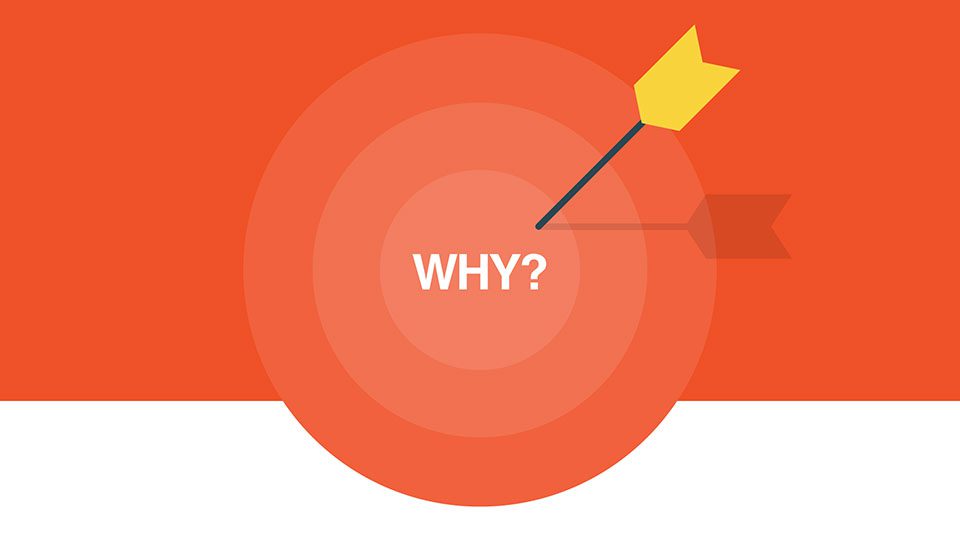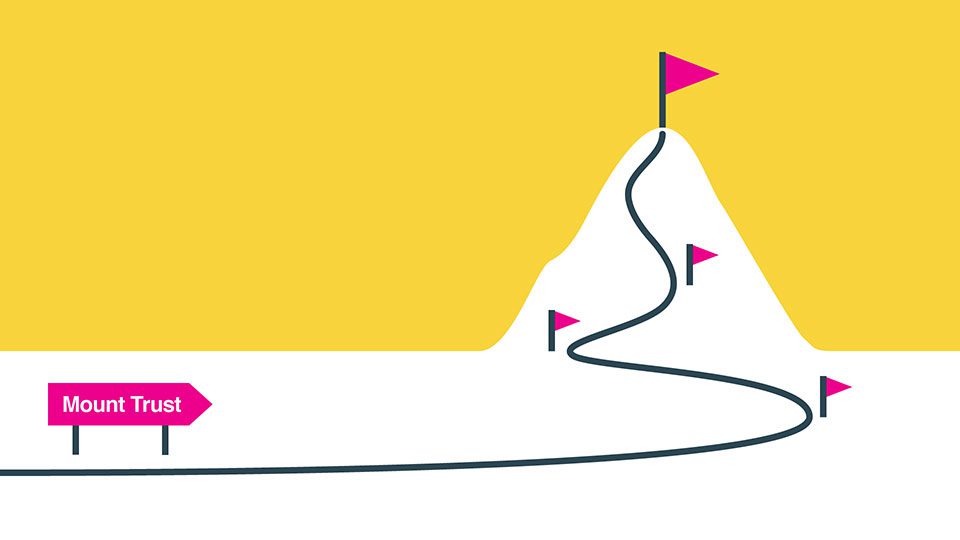Innovation strategy & design
SRI International’s Center for Innovation Strategy and Policy (CISP) collaborates with organizations, countries and regions to accelerate the long-term economic and social impact of investments in technology, innovation and a skilled workforce.
-

Design for Trust: Principle #3
When building trust, motivation is more powerful than demonstration or explanation.
-

Design for Trust: Principle #2
Trust is a dynamic relationship. It is tentatively granted, then tested over time.
-

Design for trust: principle #1
User expectations and perceived risks drive trust requirements.
-

In AI we trust? How might we design intelligent systems that inspire trust?
How might we design intelligent systems that inspire trust?